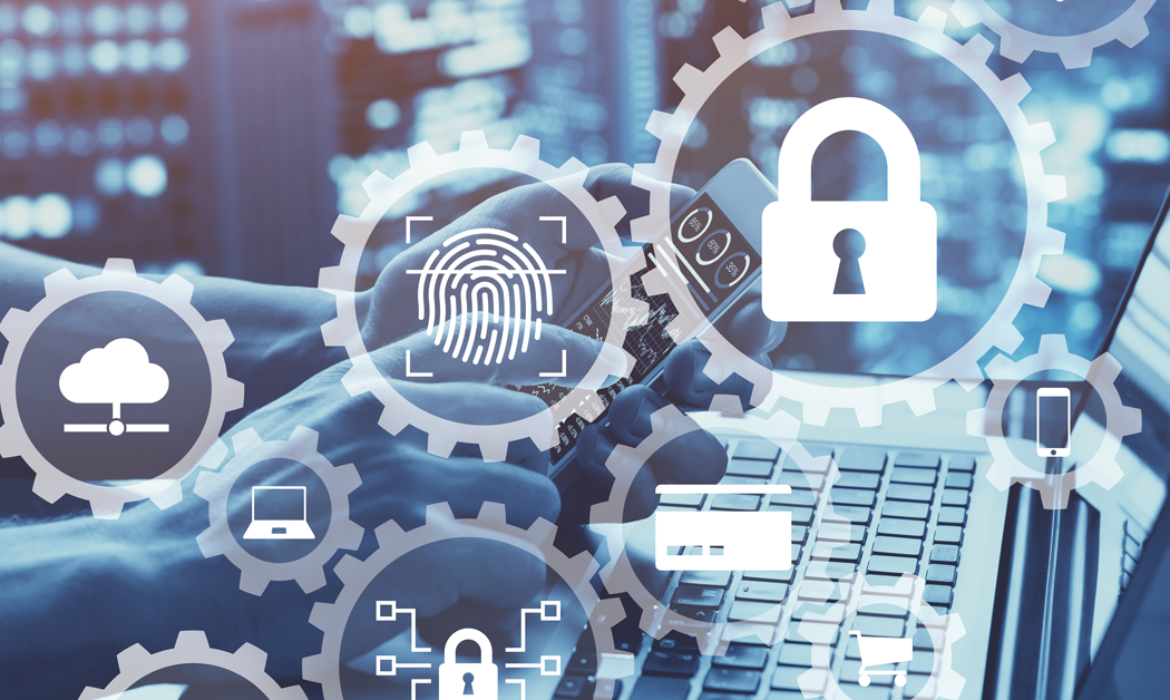As cyber threats continue to evolve, web developers must prioritize security to protect user data and maintain trust. In 2025, cybersecurity is no longer just an IT concern—it’s a fundamental part of web development. With increasing incidents of data breaches, ransomware attacks, and phishing schemes, developers are implementing stronger defenses. Here’s a deeper look at how cybersecurity is shaping the future of web development:
Zero-Trust Architecture
Gone are the days of trusting users simply because they are inside an organization’s network. The zero-trust model requires strict verification for every user, device, and application, minimizing the risk of unauthorized access. By adopting this principle, web developers ensure that only authenticated and authorized users interact with sensitive data.
Bio-metric Authentication
Passwords alone are no longer sufficient. Modern web applications are integrating bio-metric authentication methods such as facial recognition, fingerprint scans, and voice identification to bolster security. This approach improves user experience while significantly reducing the likelihood of unauthorized access.
AI-Powered Threat Detection
Artificial intelligence is playing a crucial role in cybersecurity. Advanced AI-driven algorithms analyze user behavior, detect anomalies, and predict potential threats before they escalate. By leveraging AI-based security systems, developers can automate threat detection and response, reducing vulnerabilities in web applications.
End-to-End Encryption
With privacy concerns rising, encryption is now a standard feature in web development. End-to-end encryption ensures that data remains secure during transmission, preventing unauthorized interception. Whether it’s messaging apps, e-commerce platforms, or financial services, encrypting user data is essential for maintaining confidentiality.
Secure APIs
APIs are integral to modern web applications, enabling seamless communication between different systems. However, improperly secured APIs are a major target for cyber criminals. Developers are focusing on implementing secure authentication mechanisms, rate limiting, and regular vulnerability assessments to safeguard APIs from exploitation.

Multi-Factor Authentication (MFA)
A single password isn’t enough to keep cyber threats at bay. MFA requires users to verify their identity using multiple factors—such as a password, a mobile device confirmation, or a one-time security code. This added layer of security minimizes the risk of unauthorized account access.
Threat Intelligence & Ethical Hacking
Web developers are taking proactive measures by studying threat intelligence reports and conducting ethical hacking exercises. Penetration testing helps identify security flaws before they can be exploited by malicious actors. Staying ahead of attackers requires constant learning and adaptation.
Data Privacy & Compliance
Governments and organizations are tightening regulations on data privacy. Developers must comply with laws such as GDPR, CCPA, and other emerging privacy policies to ensure ethical data handling. Implementing transparency measures and giving users control over their personal data fosters trust and legal compliance.
Security-First Development Approach
Security can no longer be an afterthought. Developers are embedding security practices within the development lifecycle, known as DevSecOps (Development, Security, and Operations). By integrating security from the initial design stage, vulnerabilities can be identified early, making web applications more resilient to cyber threats.
Cybersecurity is a dynamic field, and web developers must continuously evolve their strategies to keep up with emerging threats. Implementing these enhanced security measures ensures safer digital experiences for users and businesses alike.

